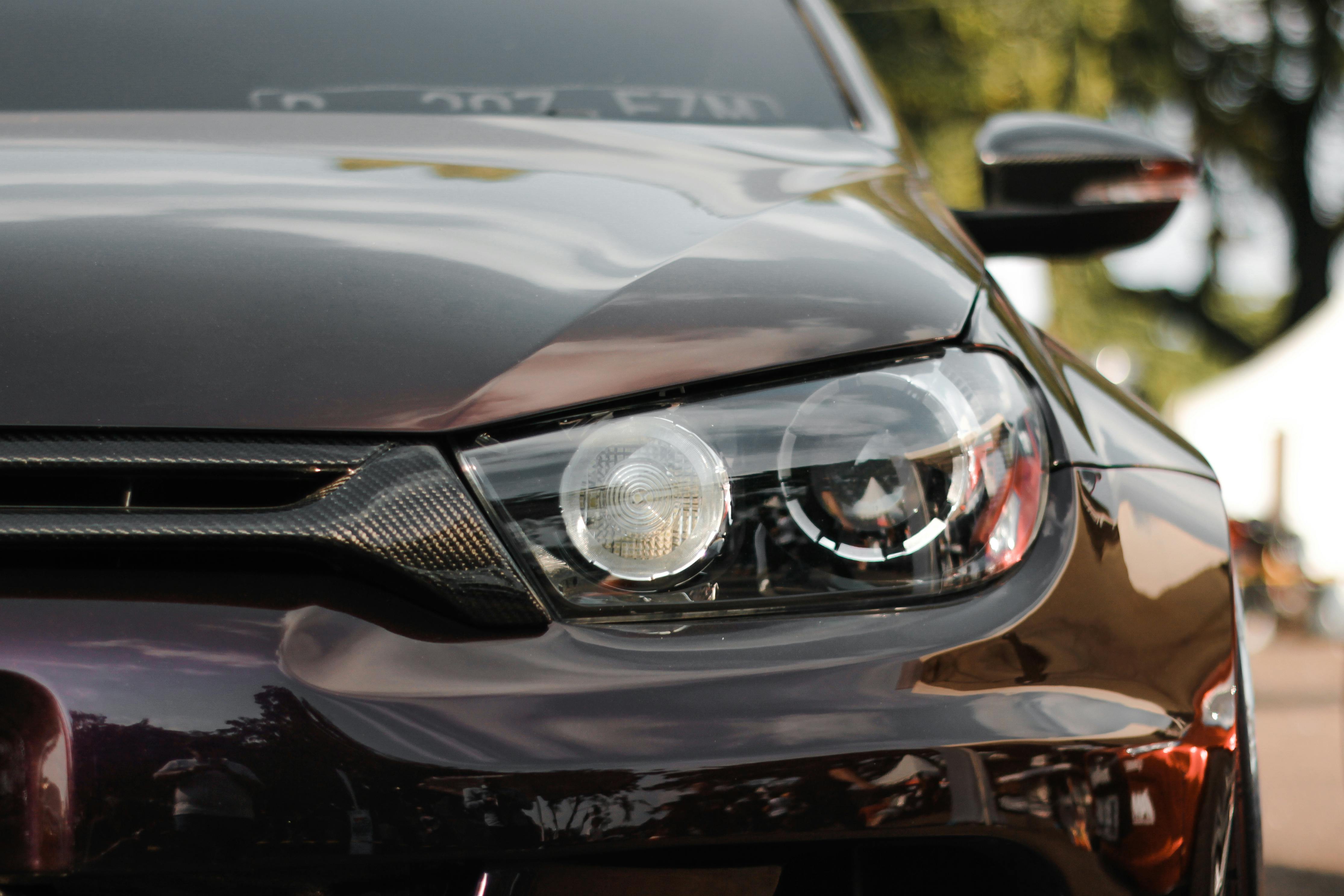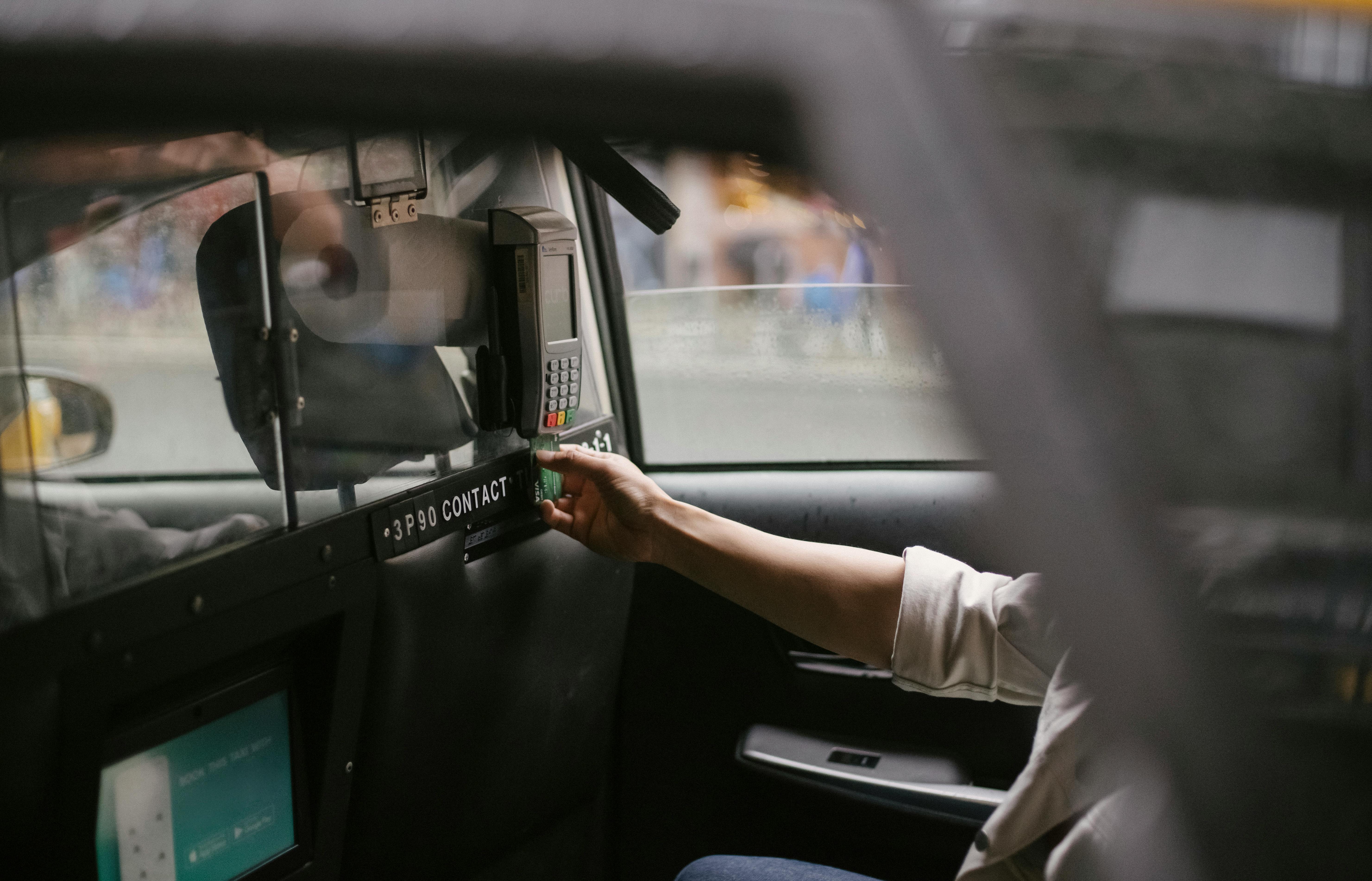This article gives a method to guide and control wheelchair for disabled people based on eye movement. This concept can be used for people with locomotor disabilities. The proposed system consists of three stages: image detection, image processing and sending wheelchair control signals. Eye movement is detected by a head-mounted camera. The images of the eye will be sent to the laptop where the images will be processed using the Python software. The corresponding output signals are then sent to the motor drive circuit that controls the motors.
A wheelchair is a chair with wheels, invented in the early 5th century. The device comes in variations in which it is propelled by motors or by the seated occupant turning the rear wheels by hand. There are often handles behind the seat for another person to push. Wheelchairs are used by people who find it difficult or impossible to walk due to illness, injury, or disability. People who have difficulty sitting and walking often need to use a wheelchair. A basic manual wheelchair incorporates a seat, footrest and four wheels: two swivel wheels at the front and two large wheels at the rear. Other varieties of wheelchairs are often variations on this basic design, but can be highly customized to the needs of the user. Such customizations may include seat dimensions, height, seat angle (also called seat dump or compression), footrests, legrests, front wheel stabilizers, adjustable backrests, and controls. A power wheelchair is a wheelchair that moves by means of an electric motor and navigation controls, typically a small joystick mounted on the armrest, rather than manual power. For users who cannot operate a manual joystick, head switches, chin-operated joysticks, sip and puff controls, or other specialized controls may allow independent operation of the wheelchair.
The purpose of this project is to develop a wheelchair that will be controlled by the eyes of the person sitting in the wheelchair. This will allow people without full use of their limbs the freedom to move and provide a level of autonomy. The project will consist of three main parts. The eye tracking module consists of a camera that captures the image of the eyeball. The setup is designed to cause minimal stress to the user. A webcam is fixed in a program as configured to capture the image. The camera is positioned to capture the movement of one eye and allow a clear view of the other eye. The camera will take an image of the eyes which will be sent to the laptop where the images are processed. Once the image is processed, it goes to the second part, the microcontroller.
The system consists of an eye-tracking webcam, microcontroller, motor, chair image processing unit, and associated circuitry. The system works by following the movement of the eyeball through a webcam. The image is processed with the help of Python software and the corresponding movement is obtained. This setup is intended for paralyzed people and people with locomotor disabilities. The hardware together with the software is a great tool that makes life independent for paralyzed people. A wheelchair prototype incorporating the above mentioned specifications was designed and found to work successfully.



